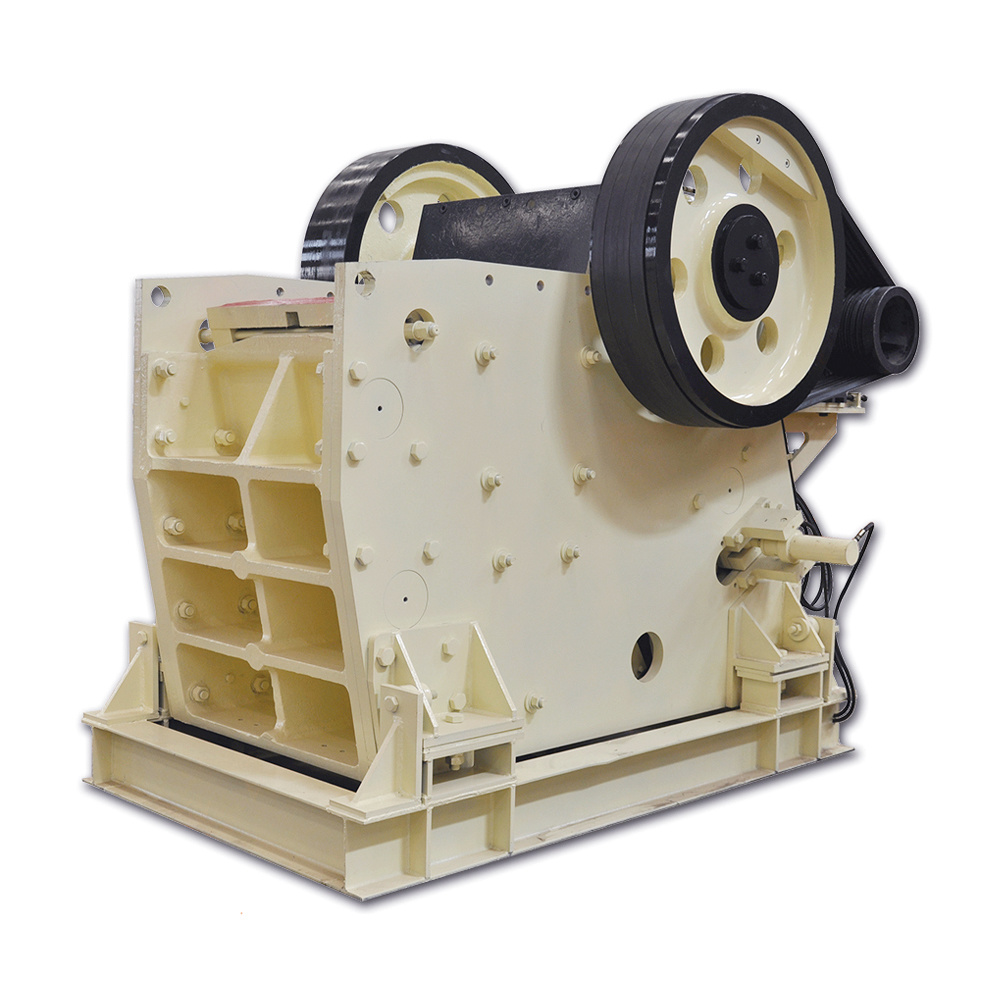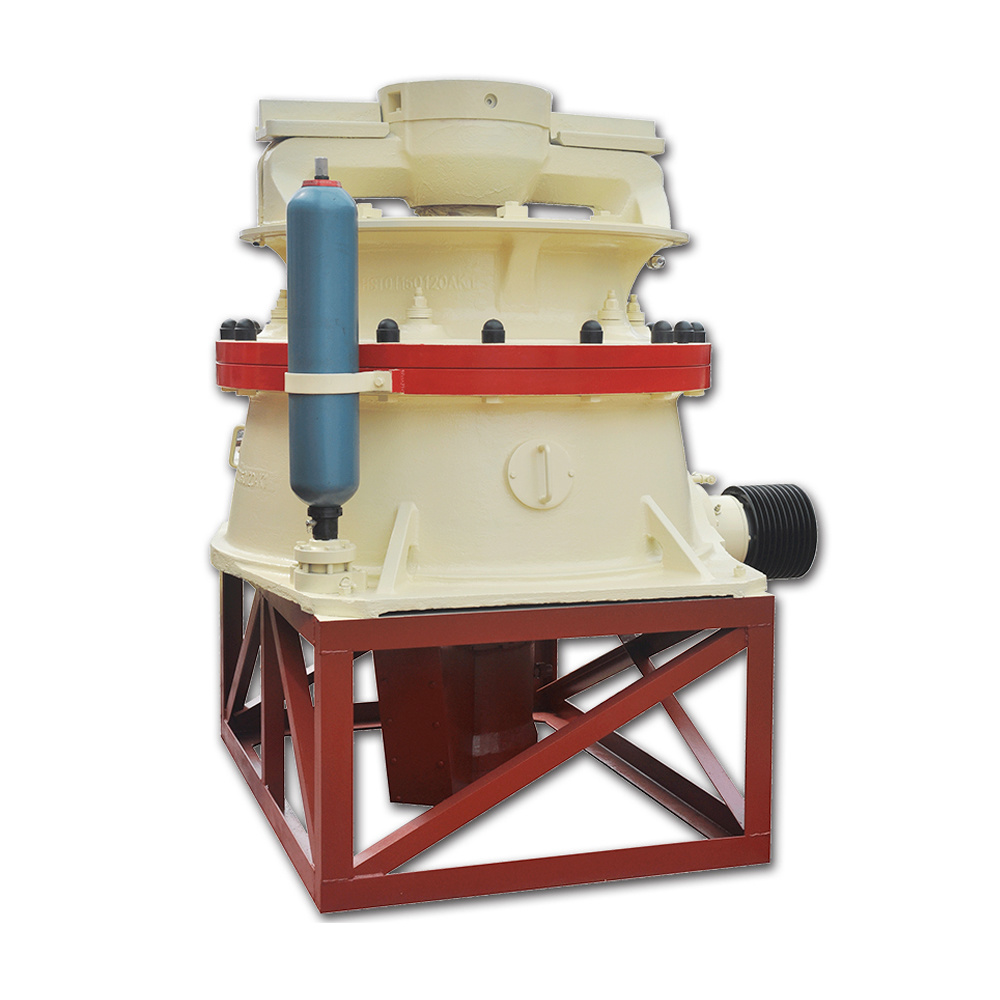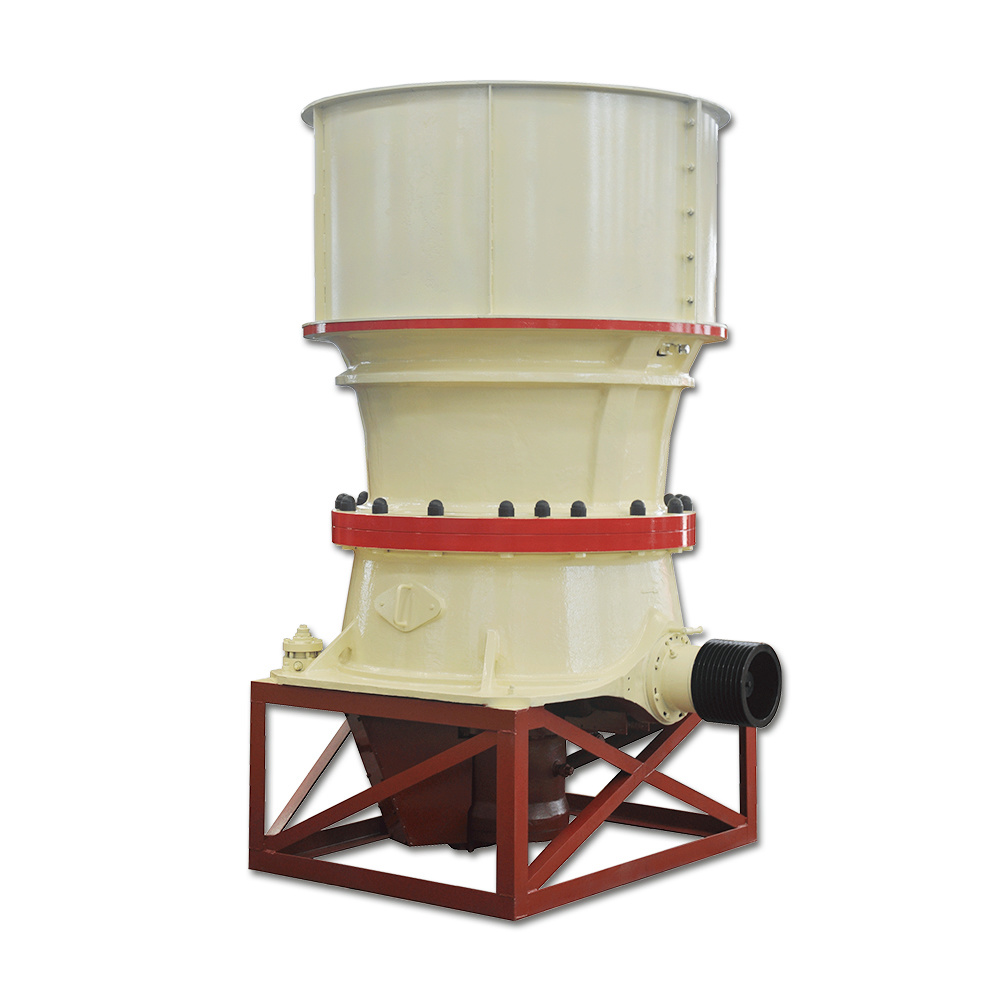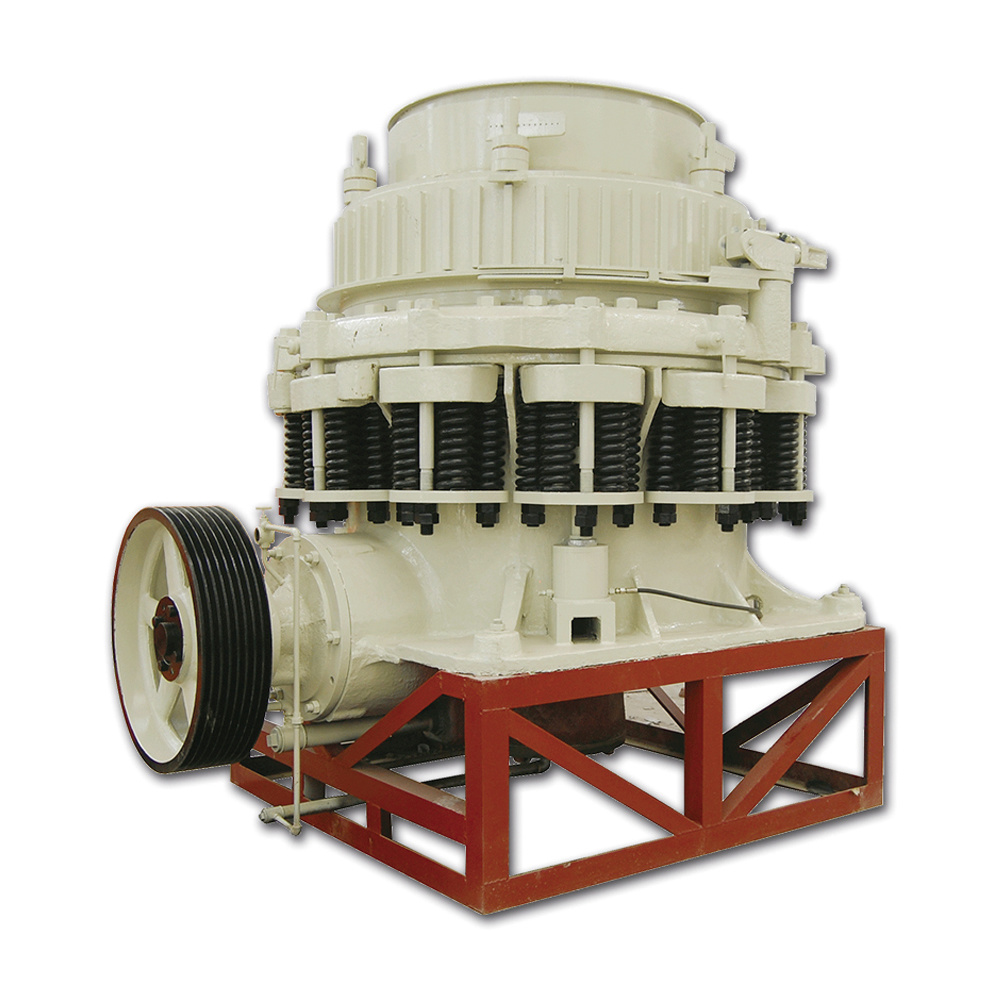Basalt processing
Key words:
Category:
解决方案
Brief Introduction:
Applications:
Suitable Material:
Basalt processing
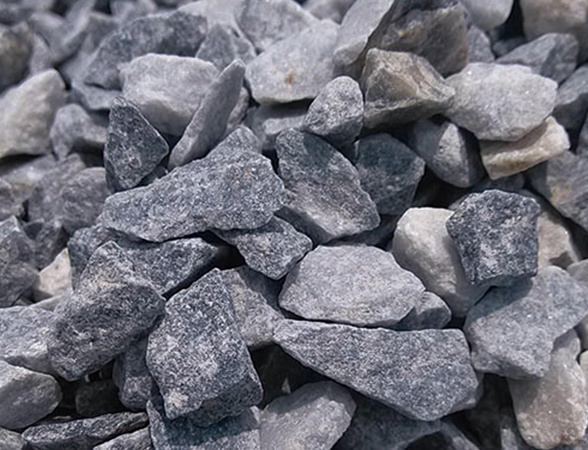 basalt
basaltBasalt is a basic exudate, its chemical composition is similar to gabbro or diabase. The mineral composition is mainly composed of basic feldspar and pyroxene, and the secondary minerals are olivine, hornblende and biotite. The rocks are dark, generally black, sometimes gray-green and dark purple. Porphyritic structure. Stomatal structure and almond structure are common. Basalt is the most important component of the earth's oceanic crust and lunar sea, and it is also an important component of the earth's continental crust and lunar land. In 1546, G. Agricola first used the word basalt to describe the black rock of Saxony, Germany, in geological literature. The Chinese word basalt is quoted from Japanese. Japan discovered black olive basalt in Basalt Cave, Hyogo Prefecture, hence the name.
Application field
Basalt is the best material among the stones used to repair highways, railways, and airport runways. It has strong compression resistance, low crushing value, strong corrosion resistance, and asphalt adhesion. Basalt has the advantages of wear resistance, low draft, poor electrical conductivity, strong compression resistance, low crushing value, strong corrosion resistance, and asphalt adhesion. It is internationally recognized and is the best cornerstone for the development of railway transportation and road transportation.
Processing technology
Basalt is a hard and tough material with a high silicon content. It is a material that is difficult to break and has a high crushing cost in actual crushing operations. The raw material is basalt crushing operations, and the loss of wear-resistant parts such as jaw plate, plate hammer, and counterattack plate is very high. Therefore, in the design of the crushing process, the crushing equipment with the principle of lamination should be selected as much as possible to reduce the loss of wear-resistant parts. The typical lamination equipment configuration is a two-stage jaw break or a jaw break plus a cone break.
If the customer has high requirements for the final stone particle type, another counterattack crusher can be configured for integer crushing. Three-stage crushing will inevitably lead to higher investment costs for the project, but for a long-term operating stone factory, the reduction in production costs by three-stage crushing is very considerable. The specific process configuration needs to be analyzed according to the actual situation on site. Welcome to visit and exchange.
PREV
NEXT
PREV
NEXT
Leave A Message


